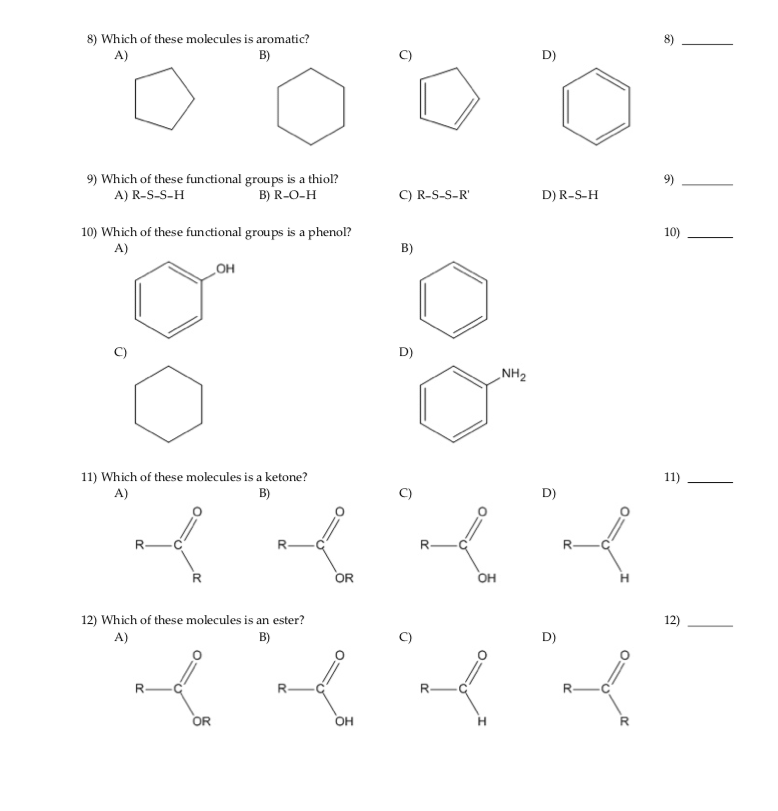
In the name of an amide made from a primary or secondary amine, the nitrogen substituents appear first. Even though ethanamide is recommended by the IUPAC, this and other formal names are rarely used. Acetamide is an amide formed from acetic acid, for example (CH 3CONH 2). In conventional nomenclature, the prefix "amide" is appended to the stem of the parent acid's name. Finally, there is a single bond, which is also an amide's defining functional group.R groups can be thought of as substituents for other atoms or molecules in a structure. The amine group, in which a nitrogen atom shares a single bond with R groups, is the second.The carbonyl group is made up of two carbon atoms that are doubly linked to an oxygen atom.To remember the structure of an amide, all you need to remember is that an amide compound must have a nitrogen atom. Read More: Difference Between Galvanic Cell and Electrolytic Cell It's produced in enormous amounts from ammonia and carbon dioxide for use in fertilisers, animal feed, and the manufacture of urea-formaldehyde resins, which are used to make plastics.

Urea, also known as carbamide [CO(NH 2) 2, is a crystalline molecule that is formed as a byproduct of protein synthesis and excreted by animals in their urine. Imides are formed by reacting amides with acid chlorides or anhydrides to produce compounds with two carbonyl (CO) groups attached to the same nitrogen atom.Īcetamide, also known as ethanamide (CH 3CONH 2), and dimethylformamide HCON(CH 3) 2 are economically important amides that are utilised as solvents, sulfa medicines, and nylons. Amides are difficult to oxidise or reduce, but in the presence of a catalyst, hydrogenation (the addition of hydrogen at high temperatures and pressures) may convert most carboxylic acid amides to amines.Ī potent reducing agent, lithium aluminium hydride, transforms amides into amines. Nitriles can be made by dehydrating amides. They can also be made when nitriles react with water.Ĭovalent amides are changed to acids and amines by hydrolysis (a chemical reaction with water) this process is normally sluggish unless it is catalysed by a strong acid, an alkali, or an enzyme. The most common way to make simple amides is to react acids or acid halides with ammonia or amines. Even low-molecular-weight covalent amides have high boiling points.Īlthough polyamides (amides linked together to form large molecules called polymers) are abundant in biological systems, simple covalent amides have no practical natural sources.

They are both organic and inorganic solvents that are nonconductors of electricity. Covalent amides made from ammonia are solids, except formamide, which is a liquid those with less than five carbon atoms are water-soluble.


 0 kommentar(er)
0 kommentar(er)
